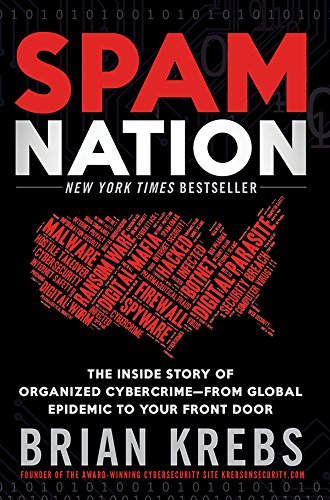Have you ever thought that radiographs were just JPG images? Do you remember hearing the name DICOM? In this article we expect to resolve all your doubts about the protocol for sending medical images and show you its implications for cybersecurity.
Quick introduction to DICOM

Medical images that are transmitted within hospitals, such as X-rays or ultrasounds, are not in the common image formats, but are in DICOM (Digital Imaging and Communications in Medicine) format. However, they can be converted to JPG or PNG.
Although at first glance it looks like a simple image format, DICOM is much more: it is the standard for transmission, storage, retrieval, printing, processing and visualization of medical images and their information. Thanks to the implementation of this standard, technology in the health field was revolutionized, replacing physical radiographs with digital radiographs with all the implied data. Today, DICOM is recognized as the ISO 12052 standard.
[Read more…]





